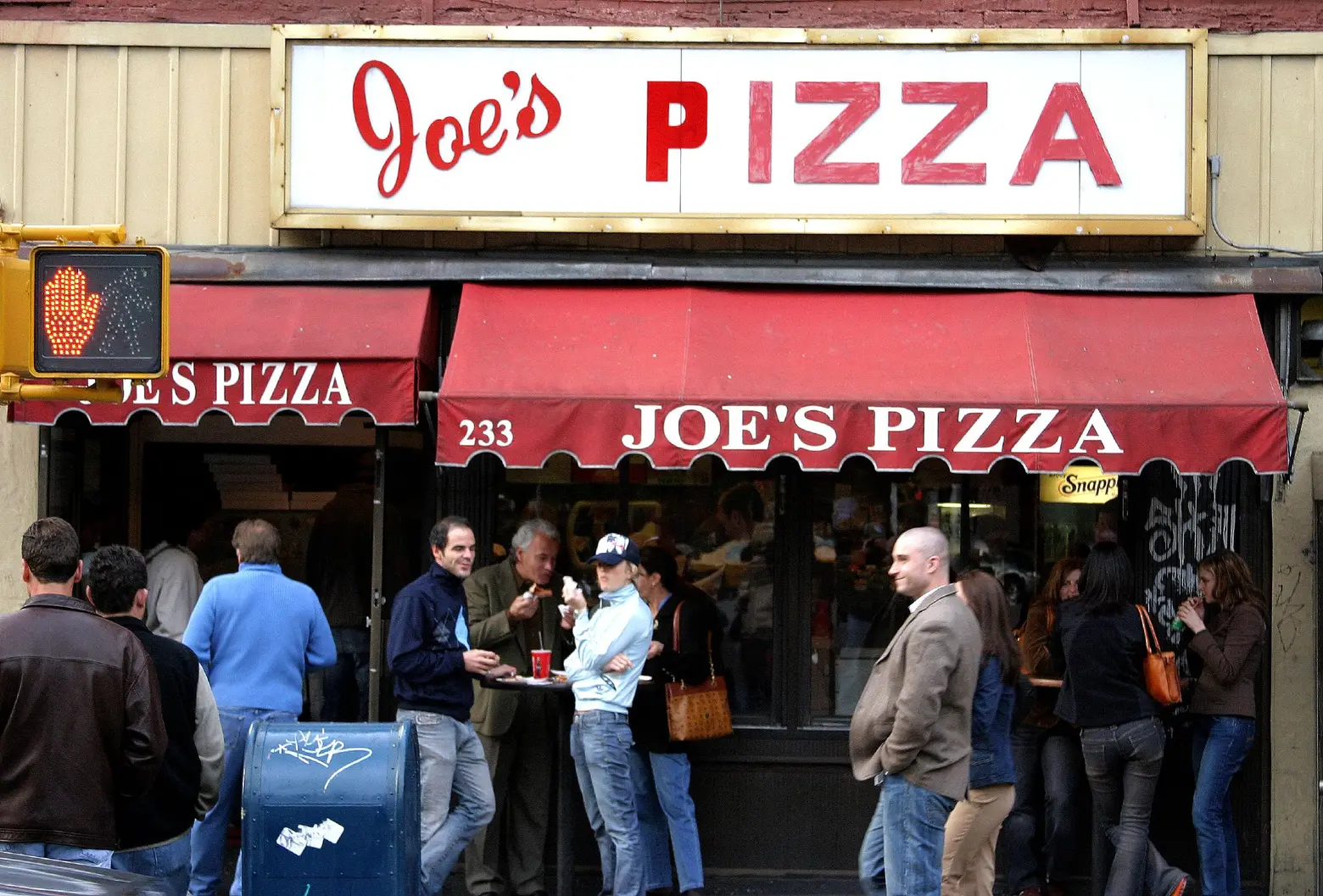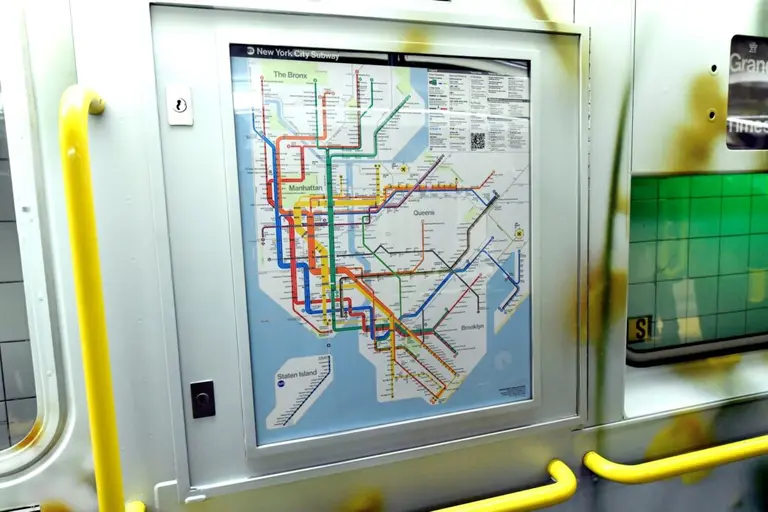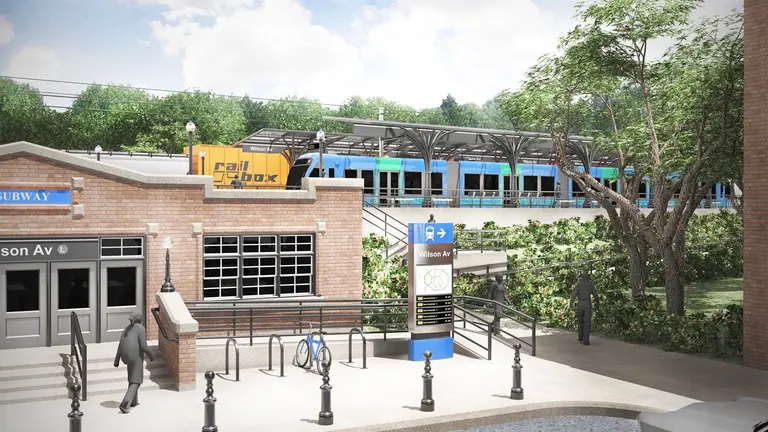Does the subway ‘Pizza Principle’ still hold?

Image via Flickr
For decades some New Yorkers have believed that the price of subway fares and pizza slices are linked. Known as the “Pizza Principle,” the economic theory/urban legend tries to account for the fact that, for the past 40 or so years, the cost of a plain slice of pizza has pretty much tracked with the cost of a single ride fare. So far nobody has been able to provide a clear explanation of why that might be—or if there’s more to it than coincidence. The latest MTA board vote on fare increases may have severed the connection between subway and pizza before we could fully understand it. As the Wall Street Journal reports, the “Pizza Principle” doesn’t hold now that gourmet offerings have bumped the average cost of a slice to the $3-$3.50 range while the MTA is maintaining the base fare at $2.75.
The theory dates back to a 1980 New York Times article, in which New Yorker and patent attorney Eric Bram claimed that since the early 1960s, “the price of a slice of pizza has matched, with uncanny precision, the cost of a New York subway ride.”
But the idea didn’t really take until 1985, when the vice president of Banker’s Trust, George Fasel, wrote an op-ed in which an unnamed source explains: ”The transit token has no relationship to capital costs, union contracts, passenger miles, or depreciation schedules. Forget all that. The critical variables are flour, tomato sauce, and mozzarella cheese…Don’t ask why. It just is.”
Since then, local journalists have often referenced the bizarre but compelling theory. In 2002 Clyde Haberman accurately predicted a fare hike (which was implemented six months later) based on a price increase at his neighborhood pizza joint.
As the WSJ notes, pizza prices today range vastly all over the city, where dollar-pizza joints (a business model based on volume that took hold after the “Pizza Principle” was born) still hold strong alongside gourmet options. The average cost per slice falls in the $3.50-$5 range while mid-range $2.75 slices have become a rarity. This can be attributed to rising rents and production costs. Owners are prioritizing quality and splurging on top-shelf ingredients more than ever, as they have to keep up with an increasingly food-savvy clientele. Added to that are the costs of moving delivery services online and onto mobile platforms.
It’s possible that the theory was most compelling in the era of subway tokens when you could think of it as an exchange: one token for one slice. Bram claims that the switch to MetroCards “fractured the whole system.” MTA officials have explained that MetroCard base fare hikes are adjusted biennially according to the rate of inflation. “If brick-oven pizza followed this same principle, we’d all be happier, if not fatter,” said Shams Tarek, an MTA spokesman.
Pizzeria owners also tend to dispel the “Pizza Principle” as an example of coincidence, not correlation. “It doesn’t even enter our minds,” said Margaret Mieles, of the decades-old Di Fara Pizza in Brooklyn.
[Via Wall Street Journal]
RELATED:




























